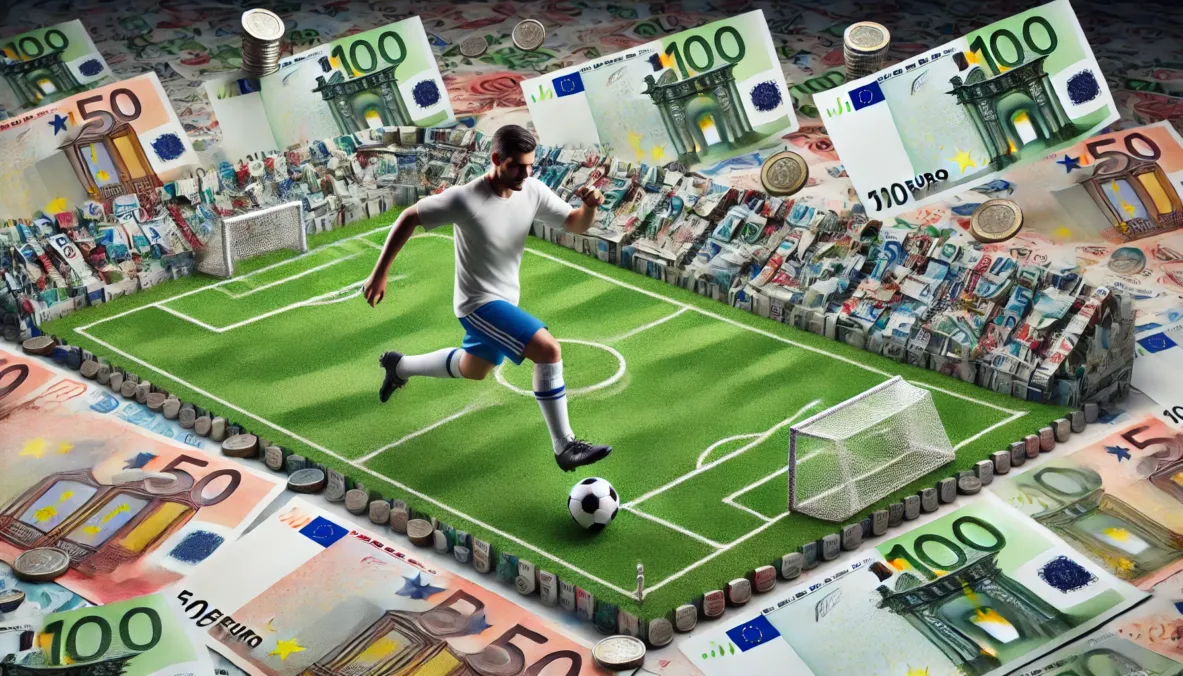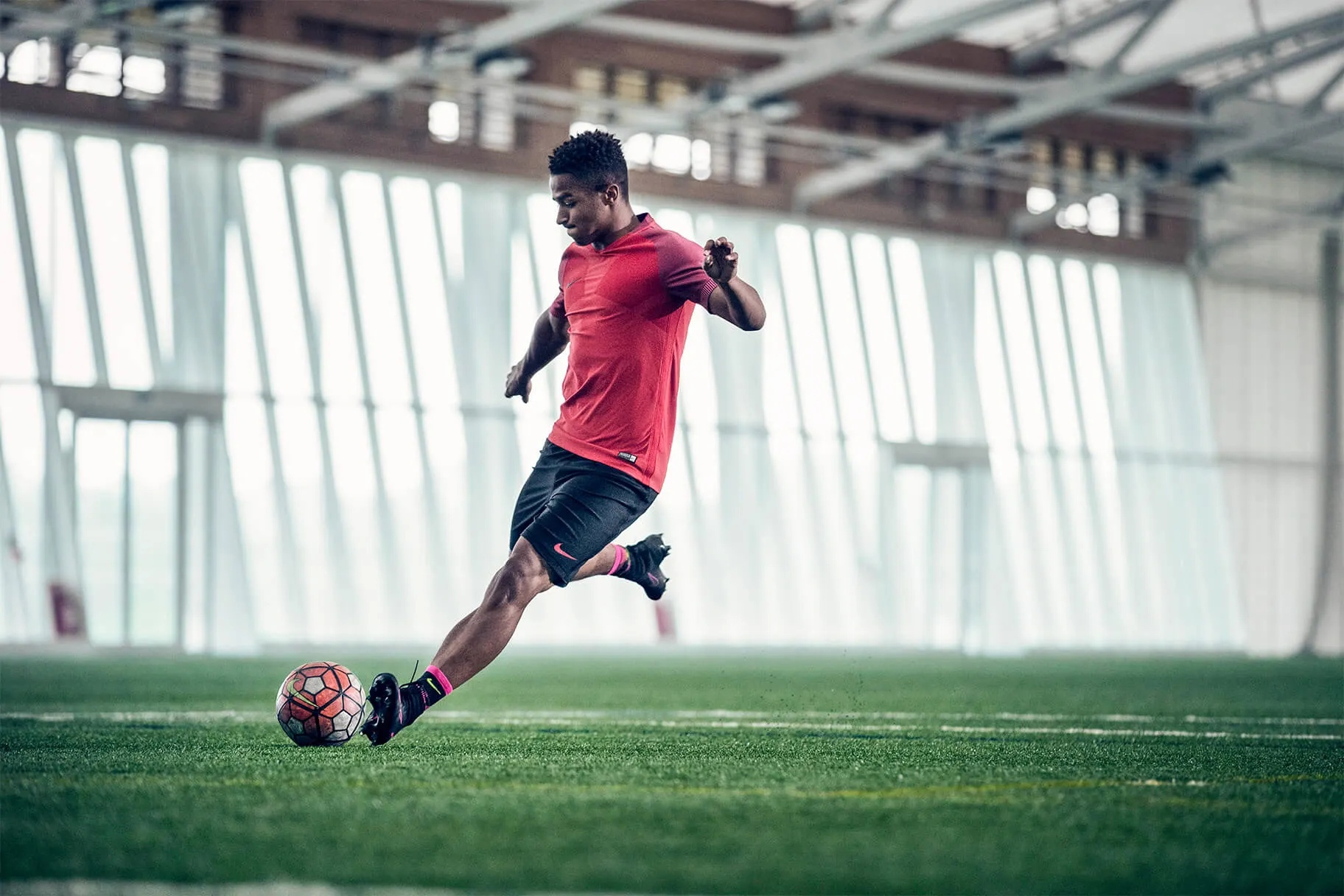No marketing dust. Only real sport, where players don’t fake falls but hobble with a broken collarbone, continuing the attack. Gaelic football is not a hybrid, not a reconstruction, not a tourist hobby. It is the steel frame of Irish identity, woven into the country’s culture since the 18th century.
A Brief Route to the Origins
The history of Gaelic football started long before the official rules were established. As early as 1308, there is a mention of a game called Caid, where participants knocked the ball out of each other’s hands as if trying to catch the last boat to Scotland.

Systematization came in 1887 when the Gaelic Athletic Association (GAA) established the rules. That’s when the discipline emerged from the shadows of folk festivities and took its place as a full-fledged sport.
What Is Gaelic Football and Why It’s Like Nothing Else
At first glance, the game resembles a mix of soccer, rugby, and handball. But this sport forms a unique style. The field is marked as a giant rectangle—130 meters in length and 80 meters in width. Unusual goals are set at the sides: under the crossbar—like in soccer, above—like in rugby. A goal is scored through the lower part, a point through the upper.
The main focus is on the versatility of players. Each one participates in both attack and defense, handles the ball with hands and feet, scores, intercepts, and practices.
Gaelic Football: Rules
The game uses a strict but flexible set of rules. Each match consists of two halves of 30–35 minutes each. The ball is spherical, resembling a soccer ball but slightly heavier.
A player is allowed to:
- run with the ball, carrying it in hand for no more than four steps;
- bounce it off the ground or kick it up to oneself (soloing);
- pass it by hand (hand pass) or by foot;
- score in the goals—one goal equals three points.
Violations are penalized with free kicks or removal. Hard contacts are allowed, but elbow strikes, grabs, and pushes in the back are strictly punished.
Ball Handling—Art with Limitations
Unlike soccer, the ball cannot simply be carried in hands. A player must bounce it off the ground or kick it up every four steps. At the same time, control must not be lost—otherwise, the ball will be handed over to the opponent. This creates a unique style of movement: the player balances between coordination and speed.
Field and Players: Space for Solutions
The territory demands excellent endurance. There are 15 players in a team: a goalkeeper, a defensive line, midfield, and attack. Each participant possesses ball-handling technique, attacks, defends, and often covers up to 10 km during a match.
The audience witnesses constant movement—there are no positional stalemates. Combinations develop lightning-fast, and one pass can change the outcome of an episode.
Time, Uniform, Goals—Essence in Details
Each match involves not just a game but a battle of strategies. The coaching staff analyzes not only speed but also the effectiveness of passes, building adaptive defense.
The team’s uniform includes a jersey, shorts, and socks. The colors reflect the club or county. Protective gear is minimal: sometimes shin guards, but more often—nothing. The goals become a symbol of ambitions—scoring in the lower net is harder but more rewarding in points.
How to Play Gaelic Football
Mastering the rules is half the battle. The game requires a balance of strength, coordination, and intellect. A novice learns to:
- Control the ball with hands and feet.
- Practice soloing while moving.
- Pass under pressure.
- Play positionally.
- Feel the rhythm and act as a team.
Development starts through club schools, where training begins from childhood. Adult teams are formed based on territorial criteria.
Tournament System: Power of Counties
Gaelic football in Ireland has its unique competition system. The main event of the year is the All-Ireland Senior Football Championship. Teams represent counties, not clubs.
The playoffs feature the strongest teams based on regional championship results. The final gathers over 80,000 spectators at Croke Park Stadium in Dublin. Victory is not just a sporting achievement but a matter of national pride.
Competitions and Points: Score with Character
The points scoring system is simple but requires precision. One ball in the net equals three points, a precise shot over the crossbar equals one. Strategies vary: risk for a goal or steadily accumulate points.
Key competitions:
- All-Ireland Championship.
- National Football League.
- Provincial Championships (Munster, Leinster, etc.).
Victory requires physical readiness but also tactical depth—teams analyze opponents down to the smallest details.
Popular Gaelic Football Teams
Among the leading teams are Dublin, Kerry, Mayo, Tyrone. The Dublin team has won the championship 30 times, Kerry 38. These clubs form the elite, but ambitious newcomers break expectations annually.
The club system includes hundreds of local teams where players combine sports with work. There is no professionalism in the conventional sense—performances do not bring salaries.
Team Structure and Key Functions
Every match is the result of teamwork. The team is composed of:
- Goalkeeper (1 player)—defends the goal, initiates attacks, leads the defense.
- Defenders (6 players)—block opponent attackers, support the line.
- Midfielders (2 players)—bridge between defense and attack, control the tempo.
- Forwards (6 players)—create opportunities, score goals and points, press.
The coaching staff includes analysts, medics, tacticians. Each match is accompanied by statistical analysis: pass accuracy, attacking efficiency, defensive errors.
Gaelic Football in Ireland: Sport as a Reflection of the Nation
Gaelic football in Ireland occupies not only a sports but also a cultural niche. Almost every county has a stadium and club. Public events, festivals, and school holidays include elements of the game. The state supports development, and the media cover matches on national channels. National pride is not for sale; it is defended by rules, culture, and training system.
Every major tournament becomes a festive event. Fans paint their faces in county colors, children mimic stars’ moves in the backyard, and bars in small towns turn into stadium equivalents.
Why Gaelic Football Remains Relevant
Against the backdrop of global sports driven by television ratings, Gaelic football maintains its roots. The game attracts not with money but with spirit. In Ireland’s counties, boys and girls start training at 7 years old. By 12, they participate in tournaments. At 18, they reach the county level.
Even as adults, many play without a contract. Love for the game replaces financial motivation. This creates an atmosphere where every match is a personal story.

Conclusion
Gaelic football demonstrates how sport can preserve identity while remaining dynamic, spectacular, and profound. In every element—there is logic, character, tradition. It is not just a game but a reflection of Irish nature: rugged, honest, proud.
Unique rules, high pace, and a strong foundation make this game an example of a sport that unites and educates while preserving its roots.
 en
en  de
de  ar
ar  es
es  nl
nl  hi
hi  fr
fr  it
it  pt
pt  el
el 










